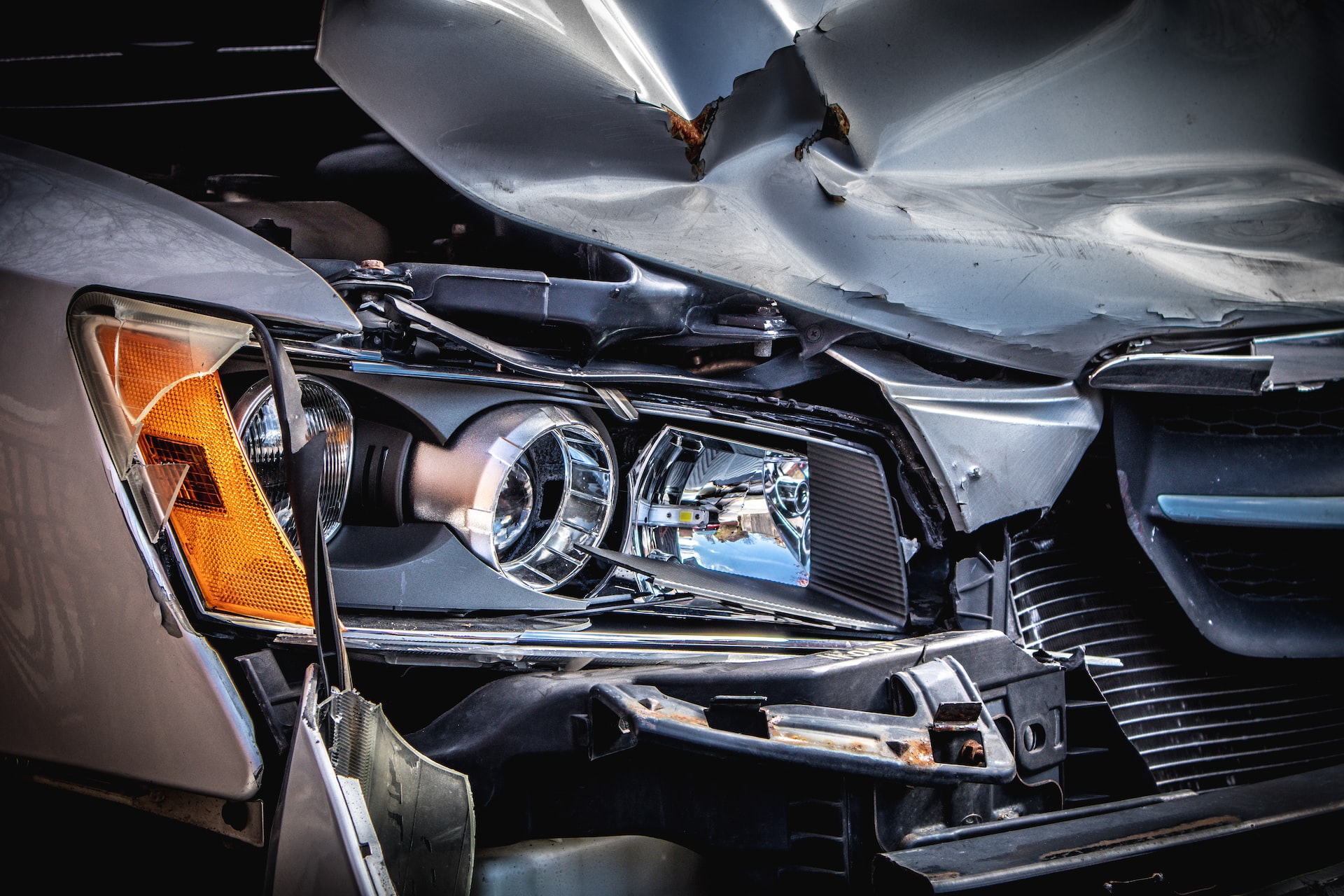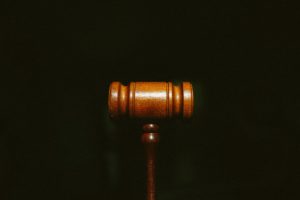
Who Should Pay For The Damages After A Car Accident?
Nobody ever wants to be involved in a car accident. But when they do happen, it is important to know who is responsible for paying the damages. In this blog article, we’ll cover all the aspects of a car accident, including determining who is at fault, understanding the legal implications, what types of damages can be claimed, who is liable for paying the damages, insurance and personal responsibility, the need for legal representation, common disputes, and resolution.
What to do after a car accident
When you are involved in a car accident, it is important to remain calm and take the necessary steps to ensure your safety. The first thing you should do is check for any injuries. If you or anyone else involved in the accident is injured, call 911 immediately. Then, move your vehicle to a safe location and call the police. Even if the accident is minor, it is important to file a police report. This will help you document the incident and provide evidence of what happened.
Once the police arrive, they will ask you to provide your driver’s license and insurance information. Make sure to exchange contact and insurance information with the other driver as well. Then, take pictures of the accident scene and any damages to both vehicles. It is also important to document any witnesses who saw the accident.
After the accident, you should contact your insurance company and provide them with all the information you have gathered. This includes the police report, pictures of the scene, and contact information of the other driver involved. Your insurance company will then investigate the accident and determine who is at fault.
Determining who is at fault
The next step is to determine who is at fault for the car accident. Most states have laws that follow the legal doctrine of negligence. This means that the driver who caused the accident is liable for the damages. Usually, the person who is found to be at fault is responsible for paying the damages to the other driver.
In order to determine who is at fault, the police officer will investigate the scene and ask both drivers questions. They will look at the evidence, such as skid marks, vehicle damage, and eyewitness accounts. They may also rely on the police report or accident reconstruction to determine who is at fault.
If the police officer cannot determine who is at fault, the insurance companies will investigate the accident. They will look at all the evidence and attempt to determine who is liable for the damages. In some cases, both drivers may be found to be at fault.
Understanding the legal implications
Once the fault has been determined, it is important to understand the legal implications of a car accident. Depending on the severity of the accident, the driver at fault may be liable for both economic and non-economic damages. Economic damages include medical bills, property damage, and lost wages. Non-economic damages include pain and suffering, loss of consortium, and emotional distress.
The driver at fault may also be liable for punitive damages. These are damages that are intended to punish the driver and prevent them from engaging in similar activities in the future. In some cases, the insurance company may be liable for some or all of the damages.
Types of damages that can be claimed
The types of damages that can be claimed after a car accident varies depending on the severity of the accident. Economic damages include medical bills, property damage, and lost wages. Non-economic damages include pain and suffering, loss of consortium, and emotional distress.
If the accident was caused by another driver’s negligence, the injured party might be entitled to compensation for their medical bills, lost wages, and any property damage. The injured party may also be able to claim punitive damages. These are damages that are intended to punish the driver and prevent them from engaging in similar activities in the future.
Who is liable for paying the damages
Once the fault has been determined, the driver at fault is liable for paying the damages. In some cases, the insurance company may be liable for some or all of the damages. The insurance company may also be liable for punitive damages if the driver at fault acted in a reckless or intentional manner.
In some cases, both drivers may be found to be at fault. In these cases, both drivers may be held responsible for paying the damages. The insurance company may also be liable for some or all of the damages.
Insurance and personal responsibility
When it comes to car accidents, it is important to understand the role of insurance and personal responsibility. It is always a good idea to purchase auto insurance to protect yourself in the event of an accident. Depending on the policy, the insurance company may be liable for some or all of the damages.
However, it is also important to remember that you are personally responsible for your actions. Even if you have insurance, you may be liable for some or all of the damages. This is why it is important to drive safely and follow the rules of the road.
Need for legal representation
If you are involved in a car accident, it is important to seek legal advice. An experienced car accident attorney can help you understand your rights and determine who is liable for the damages. They can also help you negotiate with the insurance company and file a lawsuit if necessary.
Having an experienced attorney can also help you understand the legal implications of a car accident. They can explain the types of damages that can be claimed and help you fight for the compensation you deserve.
Common disputes and resolution
When it comes to car accidents, there are often disputes over who is at fault. These disputes can be difficult to resolve without legal representation. An experienced attorney can help you understand the legal implications of a car accident and negotiate with the insurance company.
In some cases, the insurance company may refuse to pay the damages. If this happens, an attorney can help you file a lawsuit against the driver at fault. This is one of the best ways to ensure that you receive the compensation you deserve.
Conclusion
Nobody ever wants to be involved in a car accident. But when they do happen, it is important to know who is responsible for paying the damages. In this blog article, we’ve covered all the aspects of a car accident, including determining who is at fault, understanding the legal implications, what types of damages can be claimed, who is liable for paying the damages, insurance and personal responsibility, the need for legal representation, common disputes, and resolution.
If you ever find yourself in the unfortunate situation of being involved in a car accident, make sure to remain calm and take the necessary steps to ensure your safety. Then, contact your insurance company and an experienced attorney to help you understand your rights and determine who is liable for the damages.
Remember, car accidents can be scary and overwhelming. But with the right knowledge and legal representation, you can ensure that you receive the compensation you deserve.


